You can run more quickly, comfortably, and with less strain on your body and injury risk if you practice good running form. You can lower your chance of weariness and make sure you’re getting the most out of every run by improving your running form. Work on refining your form by using these pointers.
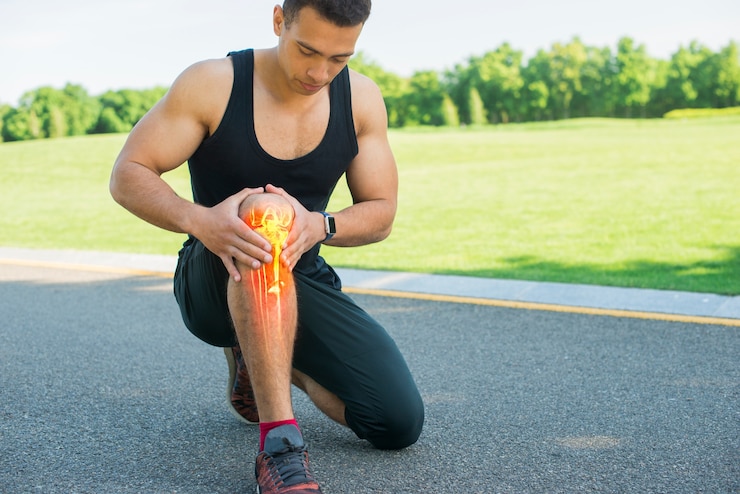
You may increase your running pace and lower your risk of injury by using appropriate form. Your body type, the distance you run, and any ailments or physical limitations you may have can all affect your optimal form.
man sprinting down a path:
Keep your eyes off your feet. About ten to twenty feet in front of you, your eyes should be fixed on the ground. This is not just good form when running, but it’s also safer because you can see what’s coming and prevent falls.
When you run, is your head thrusting forward? Tension may result from this excessive strain on the muscles in the neck and shoulders. Hold your head so that your ears are directly over the middle of your shoulders when you run to ensure that you are not stooping forward.
Maintain Hands at Waist:
Aim to maintain your hands at waist height, just slightly above your hips. Pose with your arms at a ninety-degree angle. When they feel fatigued, some beginners have a tendency to keep their hands quite high by their chest.
Holding your arms in that manner may actually make you more exhausted, and you’ll begin to experience stiffness and strain in your neck and shoulders. However, when you’re racing, your arms will push your hands upward and farther back by default.
Unwind with Your Hands:
Keep your hands and arms as loose as you can when you run. Keep your hands from clenching into fists. The strain will travel up your arms, into your shoulders, and finally up to your neck if you are gripping your fists.
The perfect fist is loose: Act as though you are clutching an egg in each hand that you wish to keep intact.
Verify Your Position:
Maintain an upright and straight posture. You should have a straight back, level shoulders, and an upward head. Keep your pelvis neutral and your shoulders beneath your ears. A decent running sports bra is essential for ladies in particular to keep their posture correct. As you grow tired, some runners slump forward or back at the waist. Be careful not to do this.
Every now and then, check your posture. It’s common to slouch a little at the end of a run when you’re exhausted, and this can cause pain in your neck, shoulders, and lower back. Peek out your chest if you catch yourself slouching. Additionally, heel strike running can be avoided by donning zero drop running shoes.
Unwind on Your Shoulders:
Instead of hunching over, your shoulders should be square and comfortable as you face forward. Breathing becomes more difficult and the chest gets constricted when the shoulders are rounded too far forward. Shoulders relaxed, breathing will be much easier.
Make sure your shoulders are not hunched over your ears. If so, clench your shoulder blades together on your back, as though you were closing elevator doors. Maintain their posture while lowering your shoulders.
Check your shoulders’ posture on a regular basis to ensure they remain relaxed. Should you find yourself shrugging once more, go back and perform the shoulder-blade squeeze technique. Another way to keep your arm and shoulder from tensing up when carrying a phone is to use a holder.
Stay with your arms by your sides:
Avert swinging your arms side to side. You’re more prone to slump and not breathe properly if your arms cross over your chest. Side stitches or stomach pains can also result from shallow or inefficient breathing.
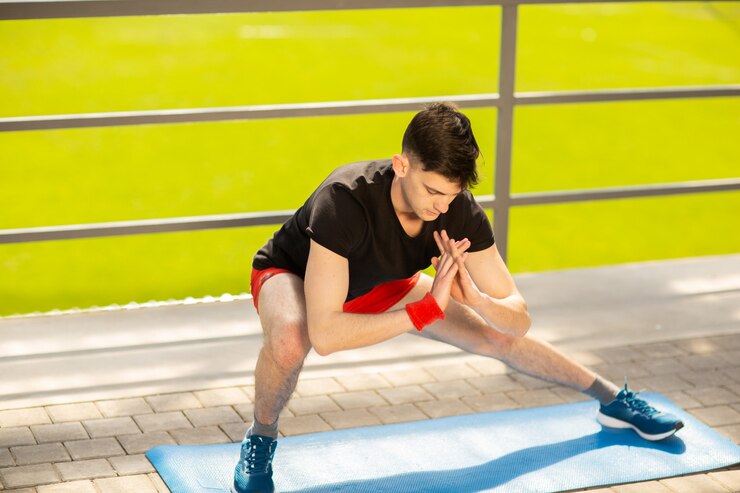
The space between the upper arm and forearm shortens when runners become stressed or fatigued because their hands begin to migrate up towards their shoulders. Let your arms fall to your sides and shake them out if you see this occurring. Put them back at a 90-degree angle while keeping your shoulders relaxed.
Move Your Arms Shoulder to Shoulder:
It is your shoulder joint, not your elbow joint, that should cause your arms to swing back and forth. Imagine that your arm is swinging back and forth at your shoulder like a pendulum. Push your elbow out of the way and let it to swing back in your direction.
Swing your arms by your sides.2.You will feel yourself hunching over if they are crossing over your chest and heading up toward your shoulders. Breathing can become difficult when hunching. Keep your arms parallel to one another at your sides.
Avoid Bouncing:
Your head and body are going up and down excessively as you bounce when you run, a phenomenon called vertical oscillation that wastes a lot of energy. Your legs will tire out more quickly and you will have to absorb more stress while landing the higher you raise yourself off the ground.
Run lightly and land gently to reduce bounce and conserve energy. Strive to maintain a low stride level and concentrate on rapid stride turnover. Step lightly and quickly, as though you’re walking on hot coals. Running in lightweight shoes can assist with this.
Experts claim that the most efficient runners have a cadence of 90, meaning that their left foot touches the ground 90 times in a minute. Your cadence will increase as you shorten your stride.
14 Running Treadmill Tips:
Run with Correct Form to Avoid Injuries:
You may wish to do a gait analysis if you are still having issues with bad running form. A physical therapist will frequently perform this analysis. They may look at your Z angle, or the angle created when your hip and ankle contact as you run.
How to Determine Your Z-Axis:
Utilize a motionless picture of you sprinting that was captured from the side when your rear foot was still on the ground. Taking a still image or a screenshot from a movie is the most effective approach to obtain this kind of picture.
- Parallel to the top of your pelvis, draw a line through your hip joint.
- Draw a second line from your hip to your ankle along your stance leg.
- Finally, draw a line across your toes from your ankle joint.
- In case you are following correct form, the end diagram ought to have a Z shape.
How to Handle Inadequate Form:
You should take action to adjust your technique if your analysis shows that you have form issues in order to prevent strain or damage. For instance, selecting running shoes with balanced cushioning, like Alta running shoes, can encourage ideal alignment and improved running form.
Your calf muscles may be weak or tense if the angle is greater at your ankle than it is at your hip. Exercises that specifically target this region, like anterior tibialis strengthening or a towel calf stretch, may be beneficial.
It may indicate inadequate hip extension if the angle is greater at the hip than the ankle. Running form correction exercises like hip flexor stretches and hip strengthening exercises can be beneficial.
Consult a Physician or PT:
Consult your physician or physical therapist if you continue to feel pain that you believe is due to your running form. They can evaluate your pain, look for any injuries, and suggest any adjustments or beneficial workouts.
Advice to prevent being hurt:
Here are some additional pointers to assist you prevent injuries while you practice your form:
Reduce damage to your knees and low back by increasing your ankle and hip range of motion.To reduce the amount of strain on your body, walk more steps each minute.Increase the length, vigor, and frequency of your runs gradually. Gradually increase your mileage and speed. Recall that outcomes require time.
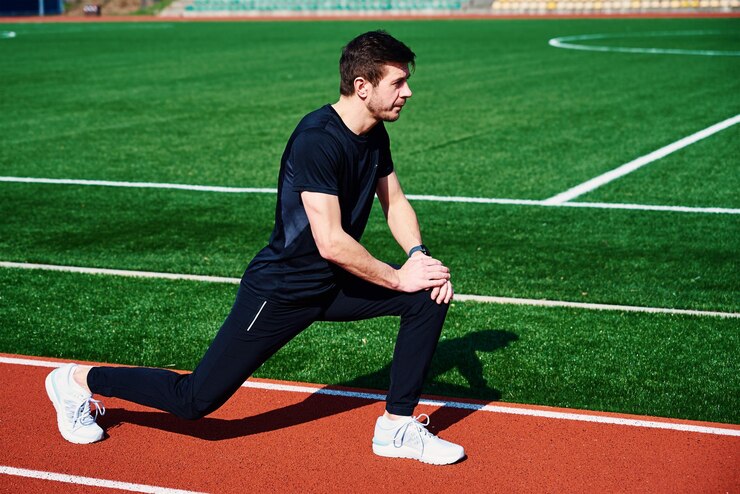
If you have injuries or soreness in your muscles, especially if they are persistent or recurrent, take a rest for the right amount of time.Consult a physical therapist in case you are injured. They are able to diagnose and treat your injury as well as help you make the required adjustments to keep it from happening again.
If you’re new to exercising, have any health issues, or take any drugs that might affect your running program, see your doctor.Put on the proper running footwear. Steer clear of overly padded shoes. Change your shoes frequently.
When to consult an expert:
There are several advantages to working one-on-one with a fitness specialist. Working with a running pro for a few sessions can help all runners, from recreational to professional.A committed expert can assist you in developing a customized regimen to reach your objectives while fostering accountability, inspiration, and consistency.
A running professional will also be cheering you on and assisting you in celebrating your accomplishment.It is especially helpful if you are new to running or fitness, or if you have any health issues, particularly related to alignment, body mechanics, or past injuries.
According to research published in 2015, getting visual or aural feedback can help you improve your running gait and reduce your chance of injury.Feedback is essential to improving your technique, whether you’re getting it from verbal prompts, watching videos, or gazing in the mirror.
A fitness expert can make sure you’re safe by assisting you in warming up and cooling down appropriately and avoiding overexerting yourself. They may also assist you in creating a nutritious diet and determining what to eat both before and after a run.
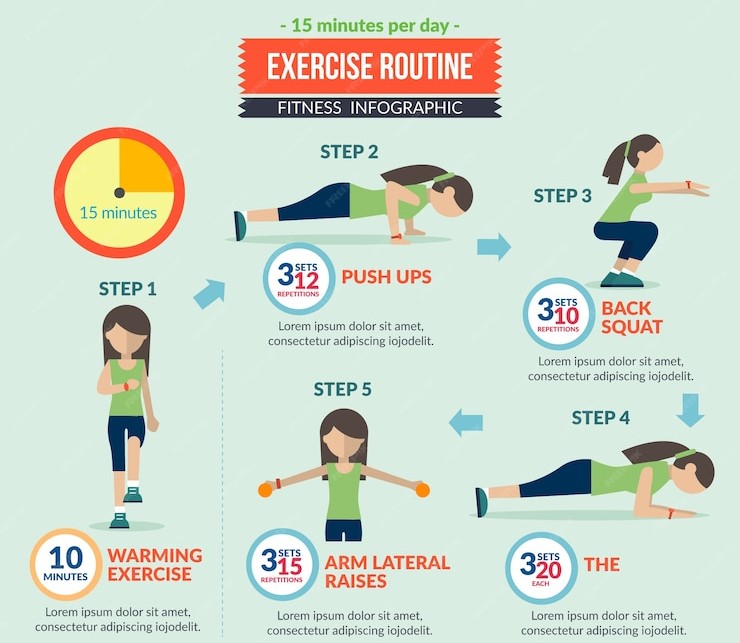


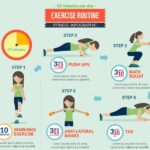


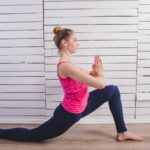




1 thought on “8 Key Tips to Achieve Proper Running Form and Prevent Injuries”